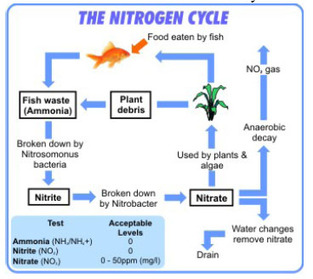Water Sampling Program
Sampling Program 2011: During summer and fall of 2011, volunteers assisted the Crystal Lake Conservancy with a very involved water sampling program. The City of Newton’s environmental engineer provided regular advice in correct sampling techniques and collection sites. Water samples, taken from land and by boat, were collected from 11 different locations around the lake at 6 different time periods between August–October 2011. Samples were analyzed by a State Certified G&L Laboratory in Quincy MA. The comprehensive water sampling of Crystal Lake included bacterial analysis and counts (E. coli and Enterococcus); herbicides and pesticides; fertilizer components such as nitrite, nitrate, ammonia and phosphorus and arsenic. We also measured dissolved oxygen levels, deepwater phosphorus and temperature readings as this is important for wildlife and vegetation at various stratification levels in the lake. The findings can be found in the presentation at CLC's Annual Forum in October 2011.
Sampling Program 2012: Volunteers are continuing to assist the CLC in water sampling during the Spring and Summer of 2012. Water samples will be collected from six locations around the lake: Levingston Cove, Cronin's Cove, Lake Terrace, Bathouse, center of the Lake, and outflow to Paul's Brook. Samples will again be analyzed by State Certified G & L Laboratory in Quincy MA and will include a monthly bacterial analysis for E. coli and Enterococci. Spring testing for potential lawn and garden checmicals will include herbicides, pesticides, nitrate, ammonia and total phosphorus.
Water sampling, especially for bacteria, is extremely temperature and time sensitive, and volunteers have been careful to follow protocol for collecting the samples and communicating with the laboratory in a timely manner.
Sampling Program 2012: Volunteers are continuing to assist the CLC in water sampling during the Spring and Summer of 2012. Water samples will be collected from six locations around the lake: Levingston Cove, Cronin's Cove, Lake Terrace, Bathouse, center of the Lake, and outflow to Paul's Brook. Samples will again be analyzed by State Certified G & L Laboratory in Quincy MA and will include a monthly bacterial analysis for E. coli and Enterococci. Spring testing for potential lawn and garden checmicals will include herbicides, pesticides, nitrate, ammonia and total phosphorus.
Water sampling, especially for bacteria, is extremely temperature and time sensitive, and volunteers have been careful to follow protocol for collecting the samples and communicating with the laboratory in a timely manner.
|
The chart to the left shows the natural nitrogen cycle between plants and fish. Natural levels of ammonia, nitrite, nitrate and phosphorus exist in an ecosystem. Higher levels due to watershed runoff could occur and can disrupt the natural balance and cause over growth of algae and plants which eventually creates an anaerobic condition too early in the cycle. This situation can create a hostile environment for those animals that depend upon longer periods of oxygen during the summer months.
|

